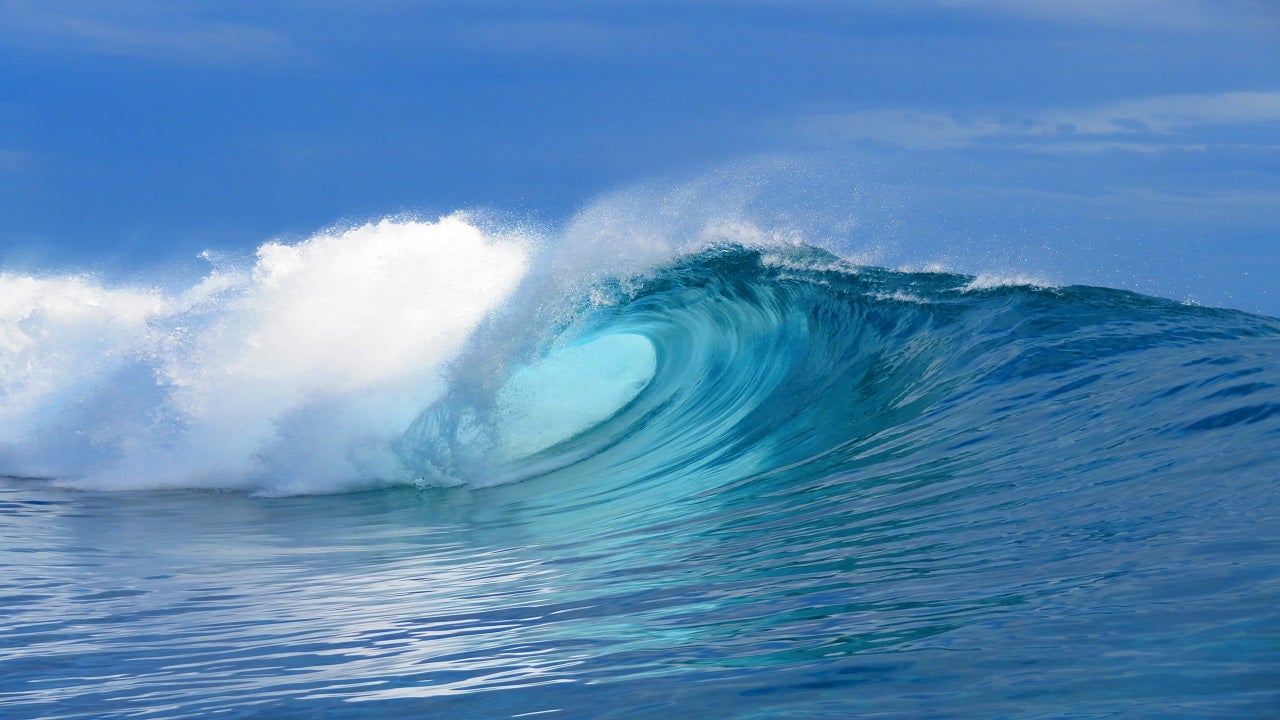Pelamis Wave Power’s Agucadoura Wave Farm was the world’s first commercial wave energy project located 5km off the Agucadoura coast in Portugal. The farm started delivering 2.25MW of electricity produced by three Pelamis generators in September 2008.
Pelamis Wave Power, earlier known as Ocean Power Delivery (OPD), supplied the first three Pelamis P-750 ‘advanced wave energy conversion technology’ machines. 28 additional machines were planned as a part of Phase 2 to generate 22.5MW for state-run power company Energias de Portugal.
The first three generators, however, had to be towed back to the port after four months of commissioning because of technical problems. The global financial crunch of 2008 made financing of the re-installation of the generators even more difficult. The wave farm was shut down.
The order for the initial phase was worth €8.2m, funded by a Portuguese consortium led by Enersis. The wave energy project was expected to bring power ashore at Agucadoura and provide electricity to 1,500 homes, using the national state-run electricity grid system.
After the completion of both phases, the project was expected to meet the average electricity demand of more than 15,000 Portuguese households and displace above 60,000t of carbon dioxide emissions a year.
A second-generation device, P2-001, was ordered by E.ON UK in 2009 and was tested in 2010. Another device, P2-002, was deployed by ScottishPower in May 2012.
In November 2014, Pelamis went into administration and ceased trading. P2-001 was acquired by Wave Energy Scotland and was decommissioned in April 2016 and sold to Orkney Island Council. The P2-002 device was sold to European Marine Energy Centre and was decommissioned in 2016.
Technology
Wave energy research was pioneered by ‘Salter’s Duck’ developed by Professor Stephen Salter of the University of Edinburgh. With an efficiency of approximately 90%, the duck moves up and down with the waves. It was put on hold because of technical issues and a lack of support by the UK Government. It did, however, lead to the development of the Pelamis.
The Pelamis was cylindrical, with four main tube segments linked by hinged joints. Each segment measures 120m long and 3.5m wide and weighs 750t when fully ballasted. The machine operates semi-submerged, extracting power from the wave-induced motion of the hinged joints. The power was resisted by hydraulic rams, which pump high-pressure oil through smoothing accumulators to hydraulic motors.
Each module contained a complete electro-hydraulic power generation system, with a single seabed cable linking several devices to the shore. The machine was held in position by a mooring system, combining floats and weights that prevent the mooring cables from becoming taut. It maintained sufficient restraint to keep the Pelamis positioned but allowed the machine to swing head on to oncoming waves. The Pelamis was ideally moored in waters approximately 50m deep (often 5km-10km from the shore). It gives access to large swell waves but avoids the costs of a longer submarine cable.
The first full-scale pre-production Pelamis prototype was tested at the European Marine Energy Centre in Orkney. The design was independently verified by WS Atkins according to (DNV) offshore codes and standards.
The modules for Portugal were originally fabricated in Stonehaven by Ross Deeptech, an experienced offshore fabricator. After installation of the electro-hydraulic take-off systems was complete, the modules were transported to Lewis.
There, they joined the main tube segments made by Camcal, a specialist in large cylindrical structures. The component parts were shipped in March 2006 to the Port of Peniche for final assembly, commissioning, and installation at a site 5km off the coast of northern Portugal, near Póvoa de Varzim.
Portugal power market
Wave power is, perhaps, Portugal’s most promising form of renewable energy. Large, powerful waves come in from the Atlantic over a long coastline.
Estimates predict that wave power could make up to 30% of the country’s gross domestic product by 2050. Wave also has the potential to become one of the lowest cost forms of electricity generation with opening costs now approximately half of wind energy and a quarter of solar PV.
The Portuguese government established a feeder market that pays a premium for wave-generated electricity.
It is the approach that led Denmark and Germany to kick-start the wind industry, which now has a turnover of over €12bn/year and employs 60,000 people worldwide. The worldwide market size for wave power in 2020 was estimated at $44m.
The EU-funded Agucadoura project started in 2003 and is the result of more than 20 years of research at Lisbon’s Superior Technical Institute. The project was funded by a consortium headed by Portuguese renewable energy company Enersis. The company was subsequently acquired by Babcock & Brown in 2005.





